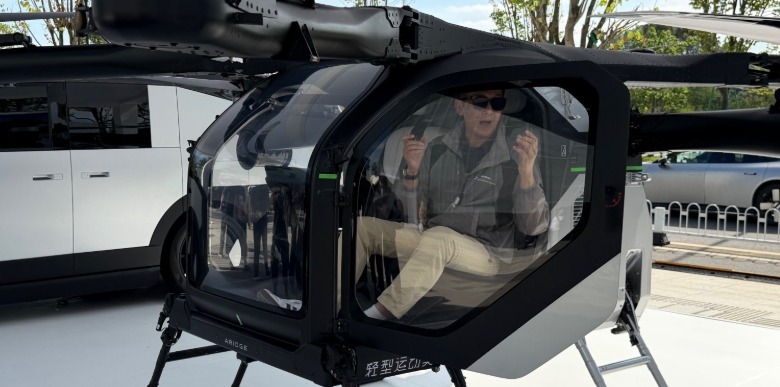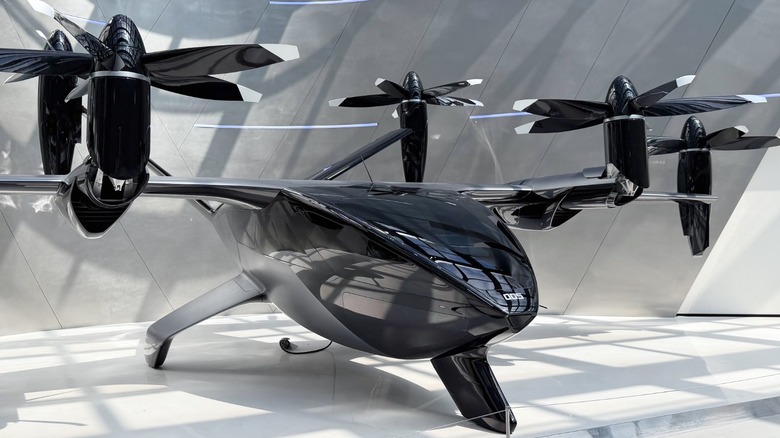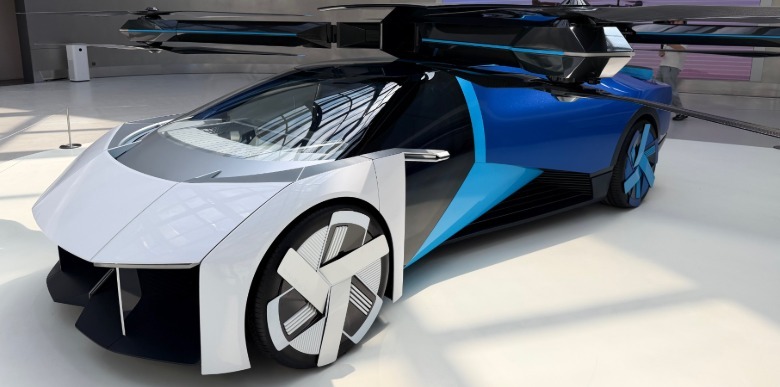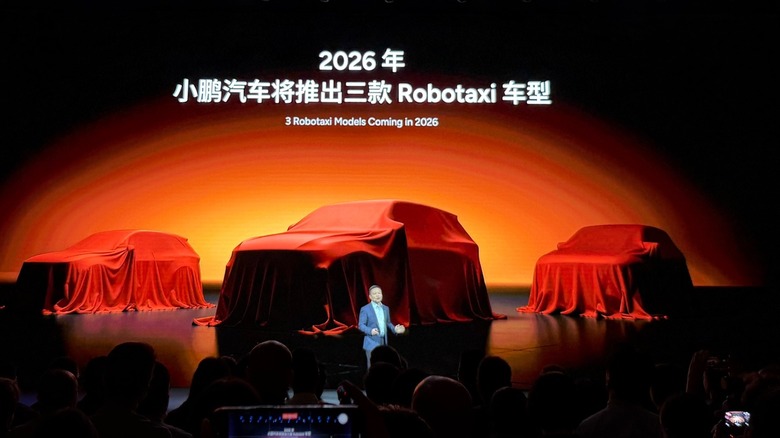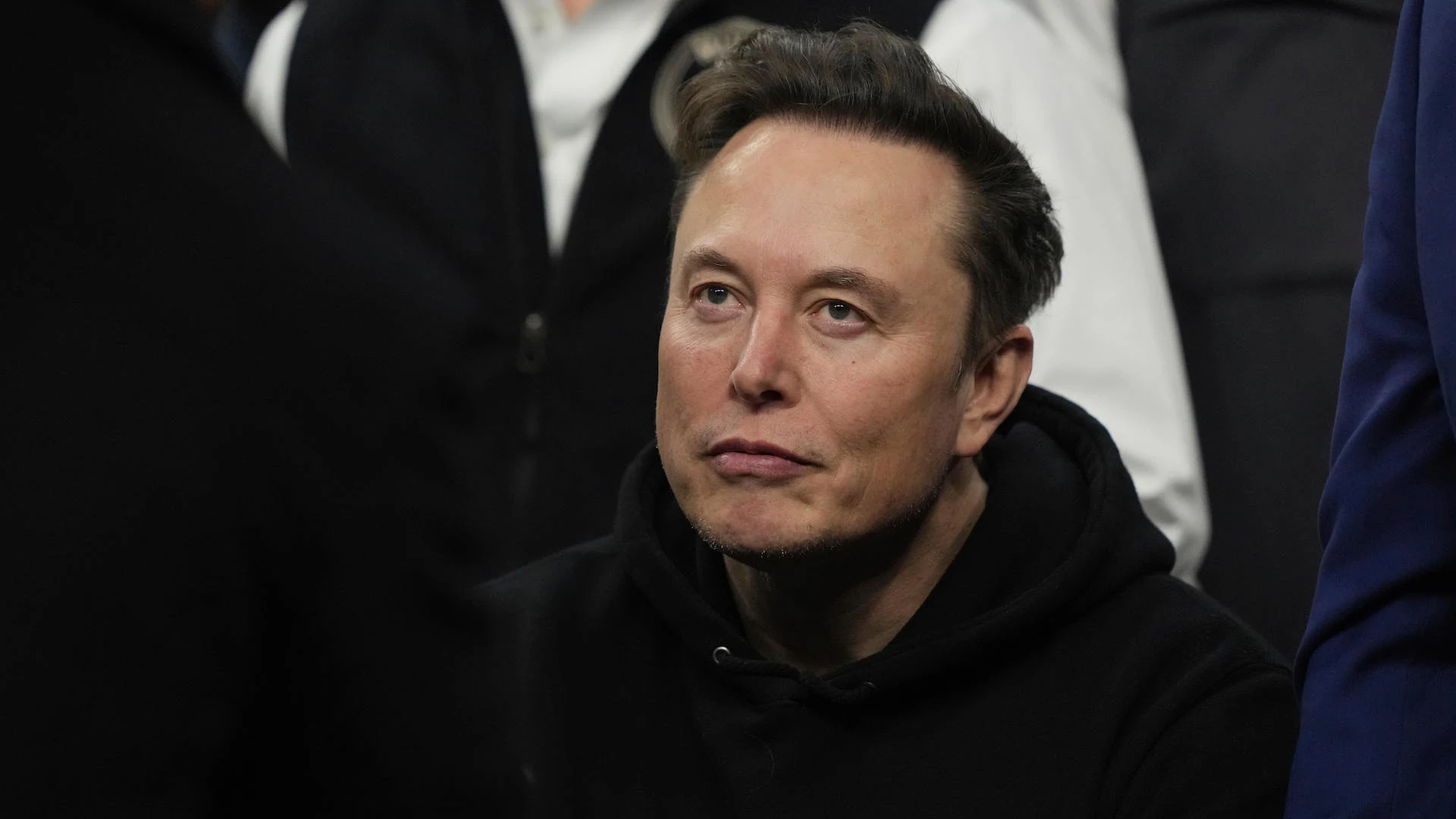Following the preview of the Land Aircraft Carrier at CES 2025, Xpeng invited the international media to attend its AI Day in Guangzhou, China. During the event, the company offered a look at its new flight vehicles under the Aridge brand: the Land Aircraft Carrier and the A868.
The Land Aircraft Carrier is going to be the world’s first mass-produced flying car. With 7,000 global orders having already been placed, it’s still expected to be delivered in 2026, and it has commanded more orders than its competitor, the Jetson One. This futuristic vehicle offers a range of 1,000 kilometers and supports five to six flights per charge. The company says its development includes over 5,000 kilometers of verified flight mileage, and owners will get a first-of-its-kind flight license program with one-on-one coaching.
Still, while the company is confident about being able to release this product by 2026, it has left many questions unanswered. So far, the company is aiming at a Chinese release, and the flying capabilities will be only used in flying camps; currently, there are around 200 options in China. However, it’s unclear how the pilot license course is going to take shape and what the regulations will look like for those flying the cars. We also couldn’t actually look inside the car — we only saw the detached flying drone and the exterior.
Xpeng reveals roadmap for more flying vehicles
Between 2028 and 2030, Xpeng expects to release its A868 flying vehicle. A hybrid drone and helicopter, this vehicle will feature a six-seat cabin, with 360km/h speeds, and the obvious ability to skip traffic by flying right over it.
Last month, the company started testing a Guangzhou-Guilin route, as it continues to push this new era of flying. Xpeng is promoting this vehicle as a one-of-a-kind solution for businesspeople. While a personal helicopter seems out of reach in 2025, the company is trying to make the flying experience more casual, even though Xpeng previewed professional pilots with a copilot while showing off the vehicle.
For 2035 onwards, depending on legislation, Xpeng wants to introduce its real flying car, which looks like a sport car, but with flying capabilities. Again, it’s unclear if this is a genuine look into the future or if the company is creating a solution for a problem that doesn’t exist.
Second-gen VLA model for autonomous vehicles and robotaxi systems
In addition to the futuristic flying cars, Xpeng also introduced the second generation of its Vision-Learned Action model, which powers its new autonomous vehicles and robotaxi systems. The company says this model converts vision into action without relying on language, and it’s been trained on 100 million real-world driving videos. By using Xpeng’s Turing AI chips (2250 TOPS) and cloud models iterating every five days, the system is said to achieve 12x greater inference efficiency than industry norms. It also enables gesture and traffic-light recognition with navigation-free driving adaptable to global rules, and multi-language voice control.
Xpeng says it’s planning to launch three robotaxi models by 2026 with L4-level intelligence driving with dual hardware redundancy and 3000 TOPS computing power for under $30,000. The company also plans to offer an open SDK with Autonavi to foster a new global ecosystem of self-driven vehicles.
Chinese customers will get a preview of VLA 2 later this year, with owners of their Ultra cars being able to take advantage of VLA 2 starting in the first quarter of 2026. This new VLA model is reportedly great for small streets and avoiding accidents thanks to improved awareness of its surrounds. Overseas customers might be waiting much longer to get these features, as the company is focusing on the Asian market at the moment.


